Archaeologists have uncovered a very cheeky Roman wind chime featuring a magical flying phallus.
Discovered in the Roman settlement of Viminacium in Serbia, scientists believe this bizarre object dates back to the second century CE.
The wind chime, or tintinnabulum, would have been proudly displayed outside a shop or home in the wealthy part of town.
While it would likely be seen as an erotic symbol today, the phallus served a very different purpose back then.
Experts say that this magical phallus’ jingling bells and unusual appearance were designed to scare away the evil eye and ‘penetrate’ malicious spirits.
Roman wind chime discovered in Serbia featuring ‘prominent phallus’
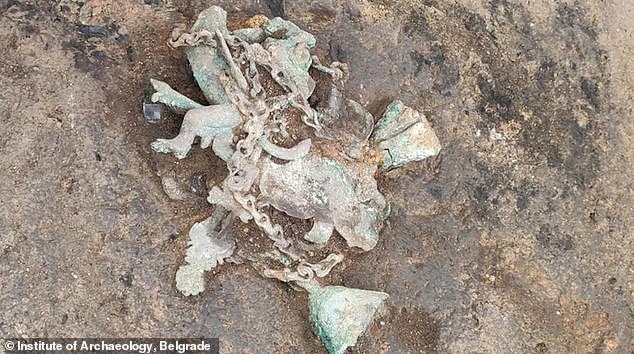
While damaged, archaeologists could still see the bells, legs, and prominent phallus of this magical wind chime
The Roman city of Viminacium, where the wind chime was found, is 30 miles east of Serbia’s capital Belgrade and has never had any modern settlement built over its ruins
While the artifact has been broken into a number of pieces, the bronze has been well preserved, allowing its shape to be determined.
The amulet depicts a creature called a fascinum, which is a phallus with legs, wings, and multiple phalluses of its own.
The tintinnabulum also features four bells which would have caught the wind and made a noise believed to ward off evil.
Archaeologists say this may have also worked as a form of doorbell, ringing when someone entered.
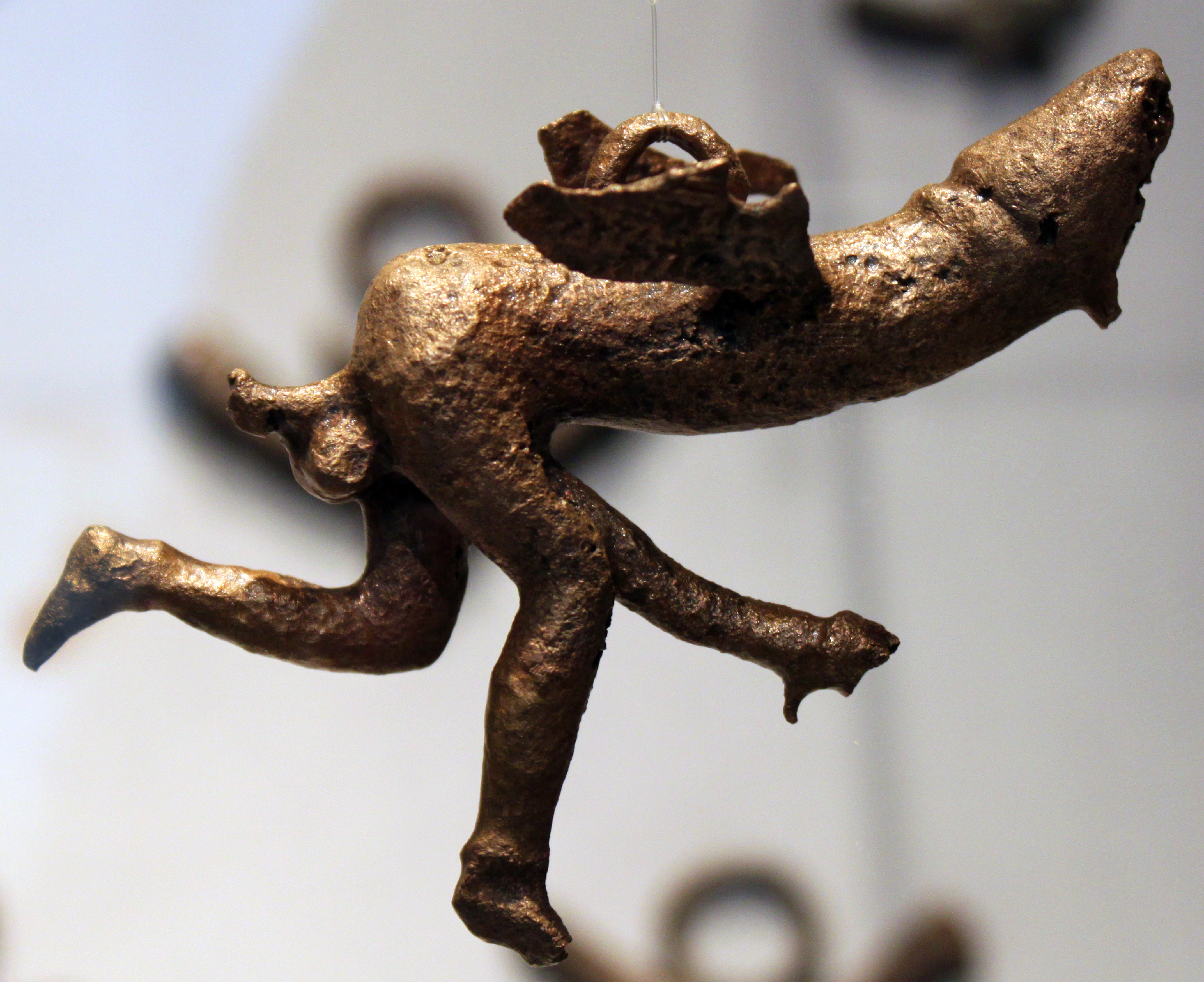
Ilija Danković, an archaeologist at the Institute of Archaeology in Belgrade who discovered the wind-chime, told MailOnline that there was nothing erotic or unusual about these symbols.
Instead, he says that the phallus was ‘a symbol of good fortune and protection.’
‘The phallus was omnipresent in the Roman world,’ Danković told MailOnline.
‘You had children with amulets of phalluses, it was painted on walls of homes and shops, you even find it drawn on Hadrian’s wall.’
Phallic amulets, and the tintinnabulum in particular, were also believed to ward off the evil eye, which was one of the Romans’ main concerns.
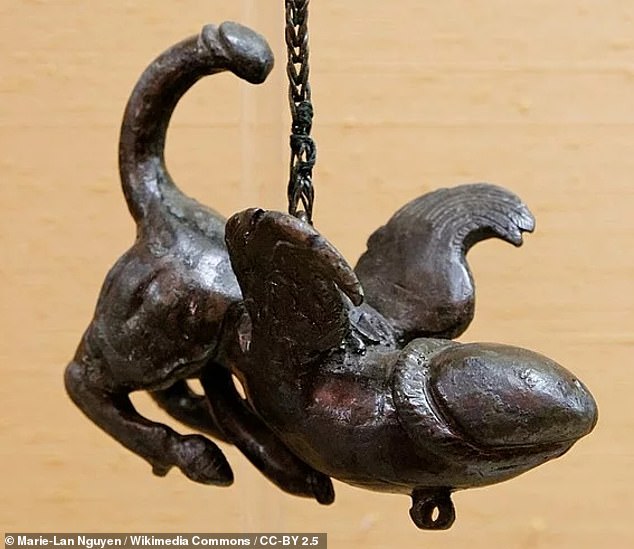
Since tintinnabulum are usually found in centres of Roman culture such as Rome, Pompeii, and Herculaneum, the discovery of one is an indication of a very Romanized society

The fascinum, from which we get the word ‘fascinate’, was a supernatural living phallus with legs, wings, and multiple phalluses of its own
Romans believed the evil eye could come from people you passed on the streets, your enemies, or more abstract forces like evil spirits.
‘The phallus was usually a weapon, because it is a penetrating object it could penetrate the evil eye,’ Danković explained.
‘This object was meant to attack the evil eye and chase it away, it would protect the house from all kinds of entities and from people who meant to make harm.’

What remains of the Roman city of Viminacium is near the Serbian town of Kostolac, around 30 miles (50km) east of the capital Belgrade.
At its height, the city was home to 40,000 people including legions of the Roman army and was the capital of Rome’s Upper Moesia province between the first and fifth centuries.
The Roman city of Viminacium was the capital of the Upper Moesia province and was once one of the biggest settlements in the Balkans with a population of 40,000
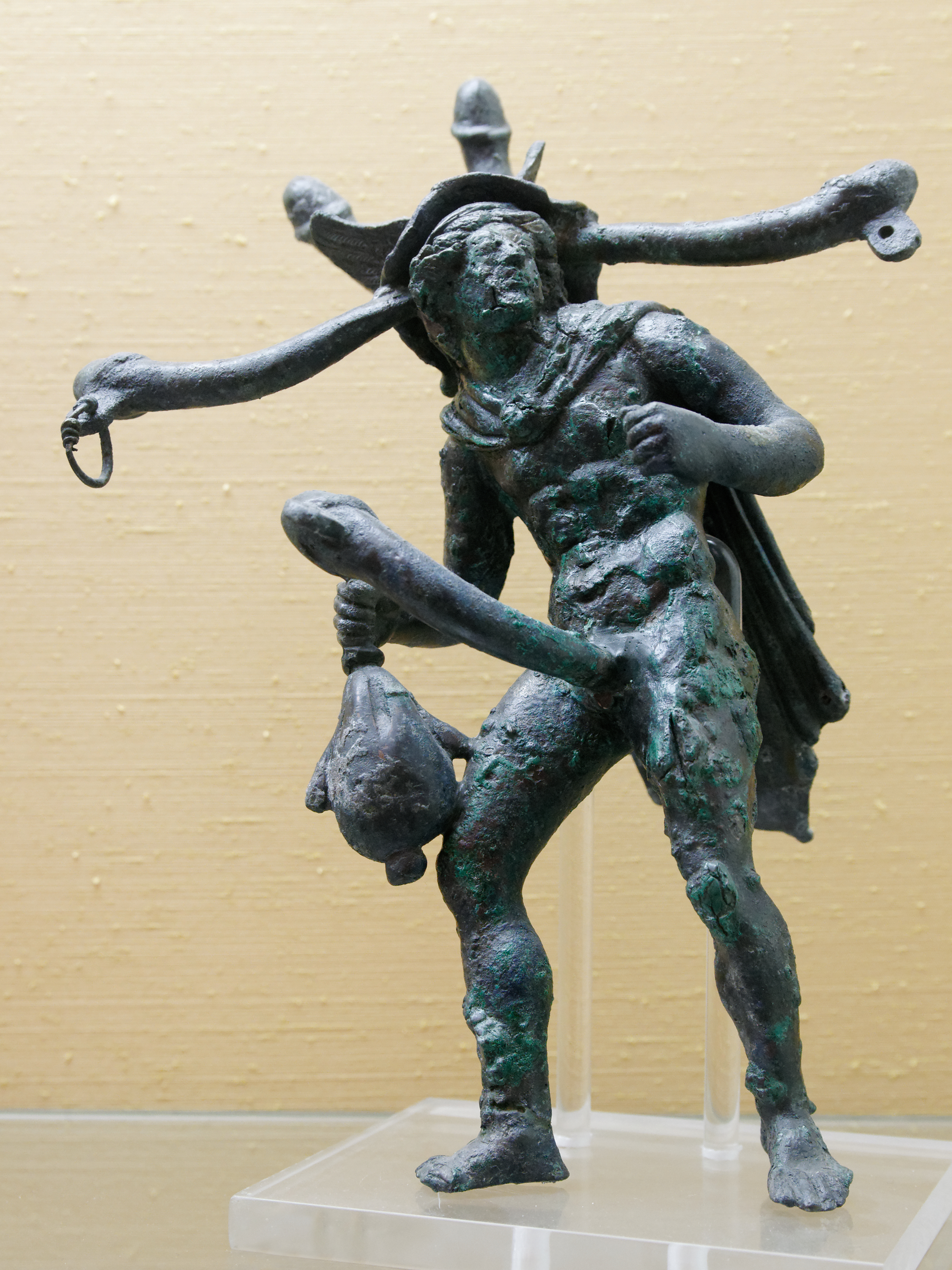
The city was sacked by Attila the Hun in 441 CE before being rebuilt by the Byzantine emperor Justinian and ultimately destroyed by the Slavs in 553 CE.
The discovery of the wind chime was made just off the city’s main high street in a pile of burned rubble and beams.
Danković says it is not yet clear if just this one house had burned down or if this is evidence of a bigger fire that might have destroyed more of the city.

The experts excavating the site say that this discovery is particularly significant for understanding the culture of Viminacium.
‘Every bit of information is another piece of the mosaic that helps us understand everyday life,’ Danković said.
‘It is the kind of object you would find in highly Romanized parts of the Empire, it is significant because it shows that the city of Viminacium belonged to Roman cultural circles.’
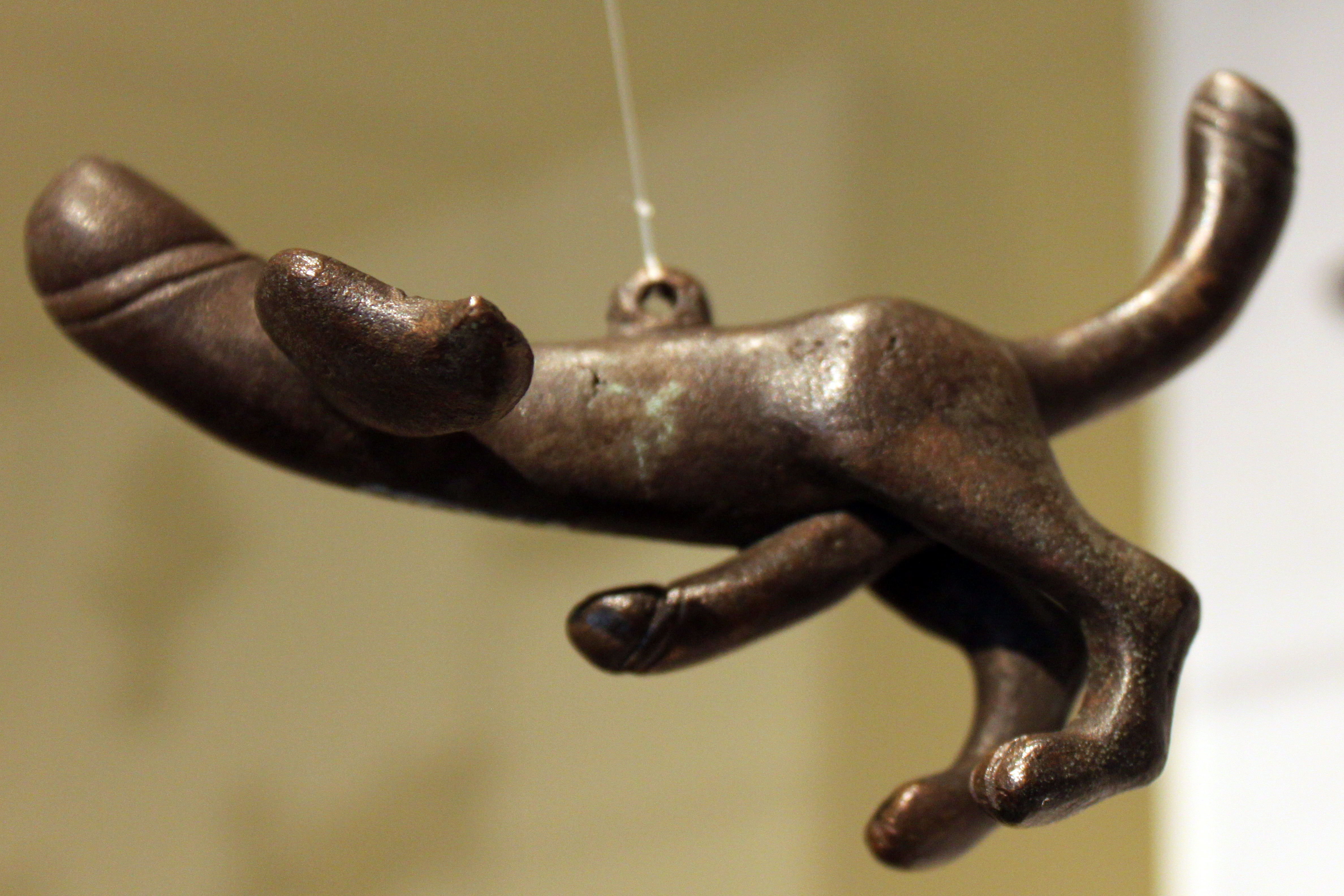
Danković also says that the tintinnabulum was likely important from elsewhere in the Roman Empire, showing that Viminacium was home to rich social elites willing to pay a lot for such an item.
This is the second such tintinnabulum to be discovered at Viminacium, although the first remains in the hands of a private collector.





